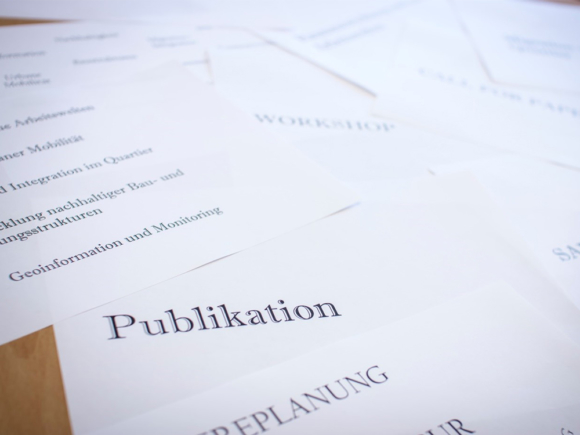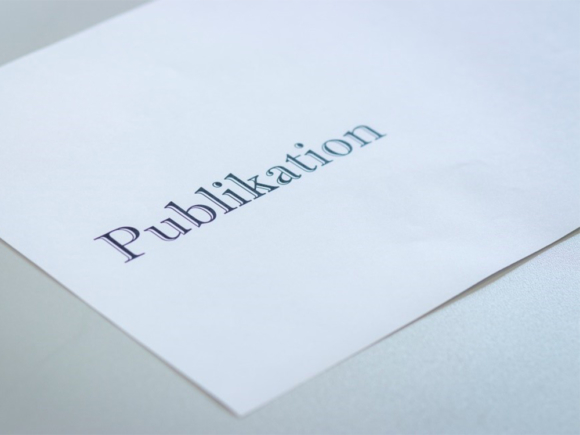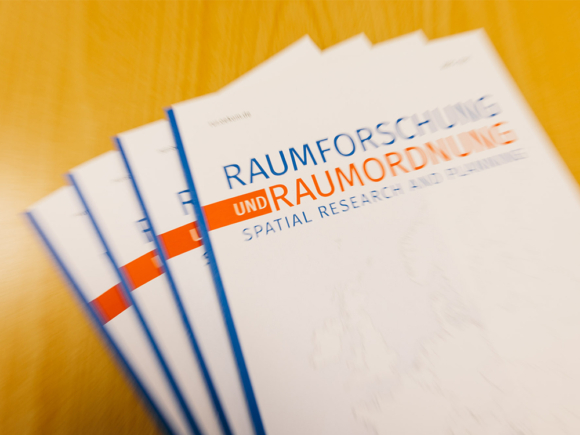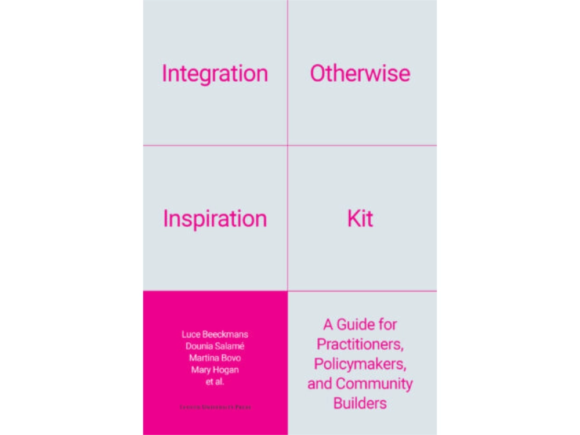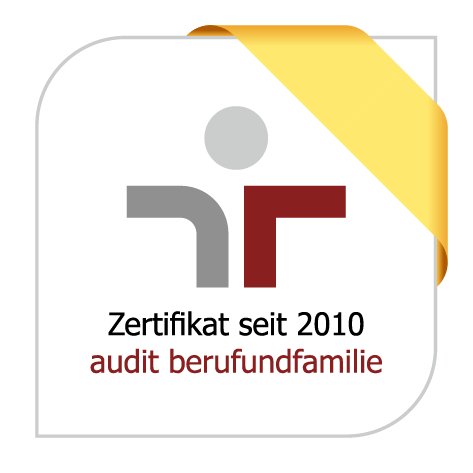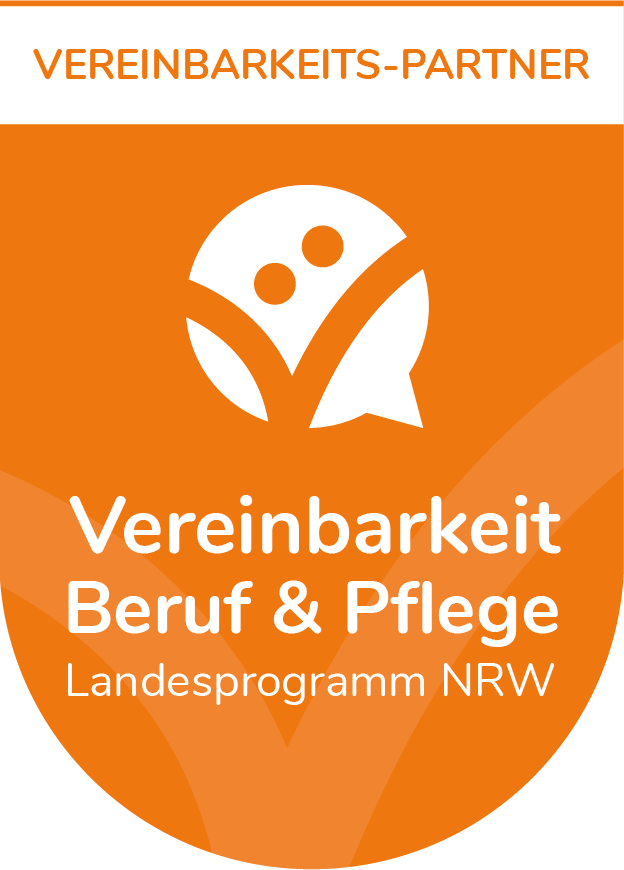Publications
The JUST GROW framework: conceptualizing how city regions can govern urban agriculture for equity and sustainability
ILS scientists Ann-Kristin Koch, Barbara Schröter and Kathrin Specht, together with other colleagues from the JUST GROW project, have published an article in the journal Frontiers in Sustainable Food Systems. The article deals with a new framework for establishing justice-oriented pathways to govern and catalyze the sustainable transformation of city region food systems (CRFS). Therefore, the JUST GROW framework incorporates three interlinked principles of justice into a comprehensive governance process of collective knowing, inclusive deliberation, and intentional action and calls for processes of open and inclusive co-creation with community stakeholders, decision-makers, and researchers. https://doi.org/10.3389/fsufs.2025.1653448. Further current selected papers can be found here.
Gold mining in the Colombian Amazon: empirical insights on the links between sustainability, equity, and power
ILS researcher Barbara Schröter and her colleagues have published an article in the journal Sustainability Science. The article examines how different ideas about “sustainable” gold mining in the Colombian Amazon region are causing tensions between companies, small-scale miners, indigenous communities, and government actors. The study shows that sustainable solutions are only possible if power relations and issues of justice are taken into account and diverse perspectives on sustainability are included in decision-making processes. https://doi.org/10.1007/s11625-025-01749-w. Further current selected papers can be found here.
To what extent is the REGIONALE in North Rhine-Westphalia a real-world laboratory? A regional development format put to the test
ILS Researcher Peter Stroms, Eyaiu Hassen, and Thomas Weith as well as Luise Porst from ZALF have published an article in the journal disP – The Planning Review. The article deals with real-world laboratories which can make an important contribution to initiating, researching and implementing transformative processes within society. In this context, the REGIONALE in North Rhine-Westphalia represents a highly interesting format, having frequently provided innovative and experimental regional development projects and new types of cooperation between stakeholders. Developing a set of criteria for real-world laboratories, this article examines similarities between the REGIONALE and the real-world laboratory approach and discusses both the possible opportunities and challenges that the real-world laboratory perspective could have for the REGIONALE and thus for format-oriented regional development. https://doi.org/10.1080/02513625.2025.2561515.Further current selected papers can be found here.
Stadt-Umland-Kooperation: zur Praxis gesetzlich etablierter Stadt-Umland-Räume in Mecklenburg-Vorpommern
ILS researcher Thomas Weith, together with Wolfgang Köck from UFZ and Annelie Gütte from ZALF, has published an article in the journal STANDORT. As part of the ReGerecht project, the article analyses institutionalised urban-rural cooperation using the example of Schwerin. Urban-rural interdependencies are a central topic in planning and research. The urban-rural interrelations (SUR) in Mecklenburg-Western Pomerania, which have been formalised through state planning, represent a special case that has received little attention to date. The analysis of the Schwerin urban-rural area shows that institutional anchoring has established functioning cooperation areas and coordination routines. The approach facilitates the balancing of interests and offers potential for transfer to other federal states. https://doi.org/10.1007/s00548-025-01014-3. Further current selected papers can be found here.
Deep Water Ports as a Trigger for Ongoing Land Use Conflicts? The Case of Jade Weser Port in Germany
Thomas Weith, head of the research group “Spatial Planning and Urban Design”, in collaboration with Roni Susman from ZALF, has published an article in the journal LAND. Based on the ReGerecht project, the article examines conflicts of use along Jade Weser Port. The focus is on the question of how large-scale infrastructure projects are embedded in ecologically sensitive coastal areas and what spatial conflicts arise as a result. Satellite images, planning documents, and implementation measures were used to analyse land use changes between 1970 and 2015. The results show that the growing demand for land for port-related infrastructure creates conflicts in limited spatial resources and competes with nature conservation and other land use demands. A lack of coordination between infrastructure planning and integrated coastal zone management (ICZM) is further exacerbating the conflicts. The study highlights the need for coherent, interdisciplinary planning approaches to sustainable development in coastal regions. https://doi.org/10.3390/land14102009. Further current selected papers can be found here.
For a housing debate that seeks land where it is needed. A commentary on the InWIS study “Housing Construction needs (more) land”
ILS researchers Sebastian Eichhorn und Angelika Münter have published a joint expert commentary in the journal “Raumforschung und Raumordnung | Spatial Research and Planning” together with colleagues from the German Institute of Urban Affairs (Difu) and the Leibniz Institute of Ecological Urban and Regional Development (IÖR). This commentary addresses the findings of the study “Housing Construction Needs (More) Land”, published by Institute for Housing, Real Estate, Urban and Regional Development (InWIS) at the Ruhr University Bochum and EBZ Business School Bochum on June 18, 2025, and criticizes the blanket demand for more and more building land as short-sighted. Instead, land for housing construction should be sought on a small scale and where it is actually needed. The entire article is available under the following DOI: https://doi.org/10.14512/rur.3425. Further current selected papers can be found here.
Walking in urban neighbourhoods − Insights from a mixed methods approach and citizen science in walkability research
ILS researchers Noriko Otsuka, Janina Welsch, and Anna-Lena van der Vlugt, in collaboration with colleagues, have published an article in the journal “Transportation Research Interdisciplinary Perspectives”. The article examines the complexity of walkability in three European cities based on the WalkUrban project. It focuses on the innovative citizen science method based Walking Route Assessment. The citizen-science led method played an important role in highlighting the areas for improving urban walkability, with photographic evidence. Cross-examination with the results from other methods (i.e. spatial modelling, household survey and walk-along interviews) provided deeper insights into people’s perceptions of their walking environment and routes on a neighbourhood scale. https://doi.org/10.1016/j.trip.2025.101588. Further current selected papers can be found here.
Large-scale resettlements in the face of solastalgia and solatium – The roller coaster ride of property rights in the Rhenish lignite mining area
ILS-researcher Michael Kolocek has published a paper in the journal “Cities”. The article summarizes the main findings of the Z³ research project („Zusammenhalthochdrei“) from the perspective of property rights theory. The study focuses on the land acquisition process in several affected villages and how residents were compensated for their losses. It critically evaluates whether the principle of social compatibility achieved its intended goals. The situation in these areas is unique, as some villages initially designated for removal were later spared due to revised mining plans. Two theoretical concepts are discussed: solastalgia, which describes the relationship between ecosystem health and human well-being and explaining the psychological impact of these turbulent experiences; and solatium, an international concept used to compensate for emotional distress and pain caused by losing one’s home. Although solatium does not exist in German law, the paper shows how stakeholders sought to mitigate economic and emotional harm through an innovative compensation approach combined with participatory measures. https://doi.org/10.1016/j.cities.2025.106273. Further current selected papers can be found here.
Framing the relationship between justice and ecosystem services: A systematic review
ILS researcher Barbara Schröter, in collaboration with several colleagues, has published an article in the journal “ecosystem services”. The article covers how justice is conceptualized in ecosystem services research. They identified five different framings, that each render different (in)justices (in)visible. The diversity of framings emphasizes the importance of considering multiple perspectives on justice. https://doi.org/10.1016/j.ecoser.2025.101755. Further current selected papers can be found here.
Integration Otherwise Inspiration Kit. A Guide for Practioners, Policymakers and Community Builder
Within the Horizon 2020 Project ReRoot, Cornelia Tippel, ILS-Scientist within the research group „Urban Social Space“ has co-authored the „Integration Otherwise Inspiration Kit“. The publication is a practical guidebook that centers bottom-up approaches on integration and moves beyond polarizing debates of newcomers failing to integrate or blames society as insufficiently welcoming. The authors introduce the concept of „arrival infrastructuring“, the interactive process through which newcomers, together with others, actively shape and transform their arrival situations. Through stories from the ground with concise takeaways, alongside tools for reflection and action, this guide equips practitioners, policymakers and community builders with a deeper understanding of the diverse forms of arrival infrastructuring, as well as the successes and challenges of everyday integration processes. https://doi.org/10.11116/9789461666758. Further current selected papers can be found here.


